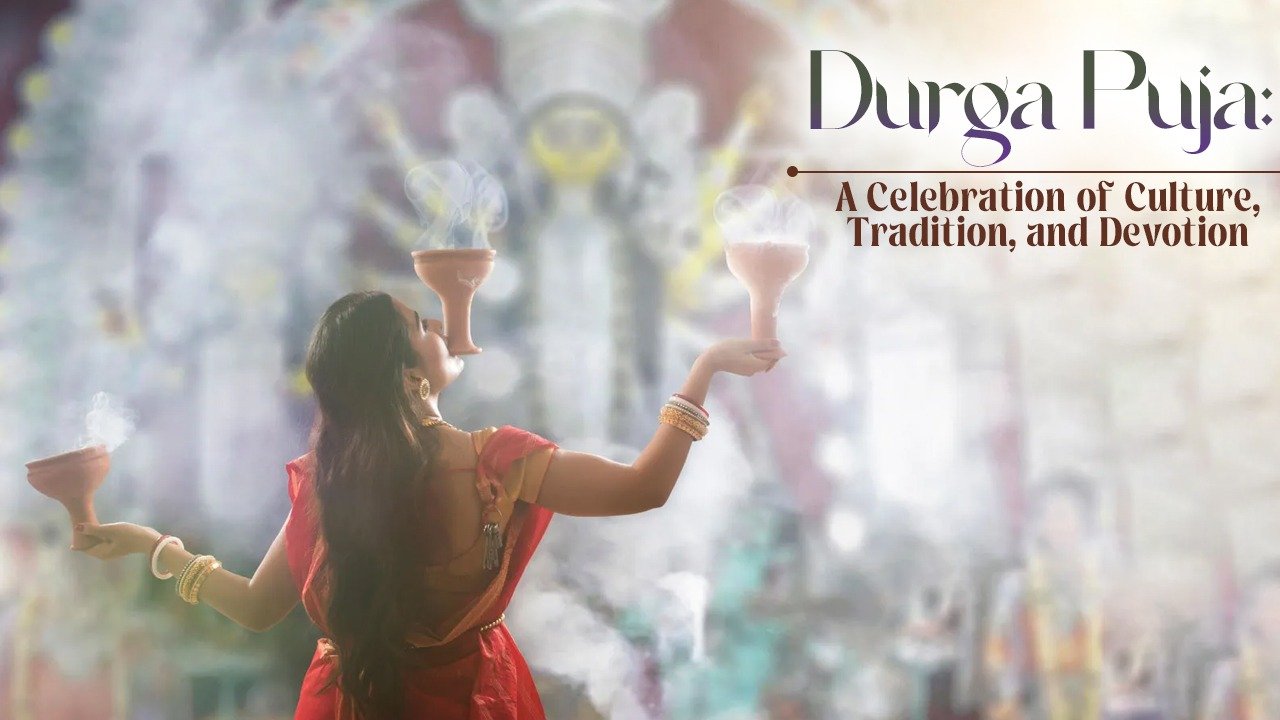Durga Puja is one of the most awaited festivals in India, especially in West Bengal. It is not just a religious occasion but also a cultural celebration that brings people together with joy, devotion, and tradition. The festival is dedicated to Goddess Durga, who symbolizes power, courage, and the victory of good over evil.
The Cultural Significance of Durga Puja
Durga Puja is more than worship. It is a festival that reflects the rich heritage of Indian culture. From beautifully decorated pandals to traditional dances and music, every corner of the city comes alive with energy. Artisans spend months creating idols of Goddess Durga, which become the centerpiece of devotion and admiration. This creative expression highlights the artistic talent of the community and keeps age-old traditions alive.
Traditional Practices During Durga Puja
The rituals of Durga Puja are deeply rooted in tradition. Each day of the festival has its own importance—from Mahalaya, which marks the arrival of the Goddess, to Bijoya Dashami, when devotees bid farewell with heartfelt emotions. Devotees wear traditional attire, enjoy cultural programs, and participate in dhunuchi dance and aarti. Families and friends gather together to share festive meals and sweets, strengthening bonds of love and togetherness.
A Time of Devotion and Togetherness
Durga Puja is not limited to religion; it is a social and cultural bridge. People from all walks of life, regardless of background, come together to celebrate. The sound of dhaak, the fragrance of incense, and the spirit of community make the festival a unique experience. For many, it is also a time of renewal—welcoming positivity, prosperity, and unity into their lives.
Conclusion
Durga Puja is more than just a festival; it is an emotion that connects people through culture, tradition, and devotion. It showcases the best of Indian heritage and spreads the message of harmony and hope. Every year, the arrival of Goddess Durga reminds us that with faith and unity, goodness always prevails.

